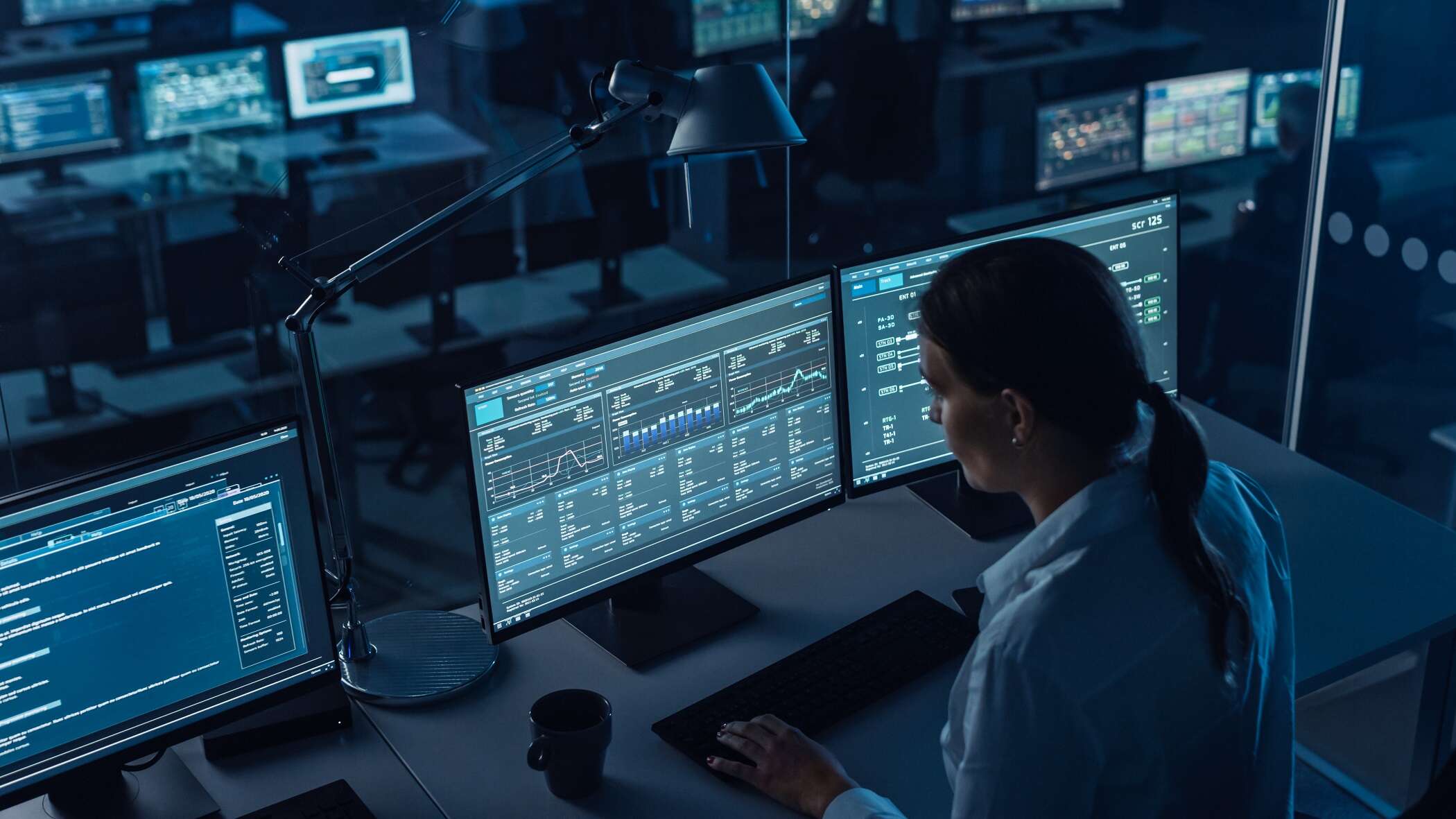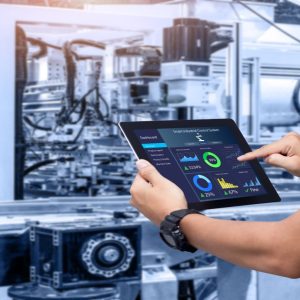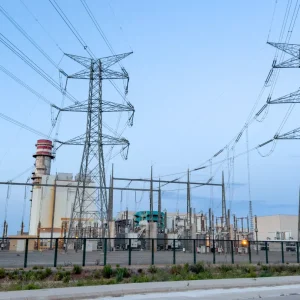
Most technology leaders now have specific departmental sustainability objectives for the IT function, and these are focused on improving the energy efficiency of IT infrastructure – but what is the next step for CIOs and tech leaders in helping realise their organisation’s sustainability strategy and goals?
Tech Monitor’s Technology Leaders Agenda 2021, supported by research partners Hexaware, revealed how sustainability was behind only growth and business transformation as a strategic business priority, and also showed how technology executives were responding to help support the green agenda.
[Download your copy of the Technology Leaders Agenda 2021]
Some 71% of technology leaders surveyed said they had specific departmental sustainability objectives for the IT function.
When asked what they were doing to help realise their organisation’s sustainability goals, technology leaders are overwhelmingly focused on reducing the carbon footprint of their IT infrastructure, ahead of ‘using digital tools to reduce travel footprint’, ‘developed and implemented sustainability management tools’, and ‘including sustainability requirements in procurement process’.
Members of the research steering board, made up of senior CIOs and CTOs, said that the energy efficiency of the technology estate was the right place to start, but that tech leaders could offer more to their organisations to have a bigger impact outside of the tech department.
MediaCom CTO Nadine Thomson said that the agency had developed tools to nudge their clients too.
“CIOs and CTOs should ask themselves, what can we create that is unique for their industry that can help drive sustainability for their organisation? At MediaCom, we've created a carbon calculator so the business and our clients understand the carbon cost of their media. Information is power as this helps clients and our business make informed decisions with sustainability information,” she said.
Dominic Howson, CIO at recycling and waste management company Viridor, agreed that technology leaders were in a privileged position to exploit data to drive green efficiencies.
“Sustainability is our business; we turn waste into energy and electricity for heating homes and feeding the grid,” he said. “We also recycle plastics into polymers for re-use, and are making our resources come to life – pulling data in from our emissions to support our carbon capture goals, and using tech to optimise the inbound and outbound of waste transfer.”
Previously CIO at Norwegian energy company Equinor, Ashild Hanne Larsen is vice president of Subsurface Excellence and Digital. She explained how innovations like digital twins and augmented reality technologies were all part of the company’s transformation and would help reduce carbon emissions.
“For Equinor, technology will be a key enabler to succeed in the energy transition – and IT can help realise significant sustainability and climate gains in the business,” she said. “Remote operations using AR and VR reduce the need for travel and transportation, and digital twins let workers visit our installations virtually.
“Using data for predictive maintenance can optimise production, reduce carbon emission and remove waste by replacing equipment only when needed. Within renewables, Equinor is already pioneering unique concepts such as Hywind Tampen, which will feature the world’s first offshore fields to be electrified by floating offshore wind turbines. And within the offshore wind segment, we start to use digital technologies to construct the optimal wind farm layout, grid and load balancing to optimise the energy production.”
The Technology Leaders Agenda 2021 did however reveal significant discrepancies between industries, and some regional variations.
Respondents from EMEA and APAC for example were much more likely to cite sustainability and ESG as a strategic business priority than their counterparts in the US – and were similarly more likely to have tech sustainability objectives (79% in EMEA, 69% in APAC) compared to US organisations (61%).
Government, non-profit organisations and energy companies – the latter a sector under significant pressure to decarbonise – led the field here, with more than 17 in 20 IT functions having technology sustainability strategies.
[Also read: Technology leaders have a vital role in decarbonisation]
And despite construction organisations being the second least likely to have IT sustainability objectives, the industry was however the most likely to put pressure on its suppliers and partners – some 73% responded that sustainability requirements made up part of the tendering and procurement process, more than any other industry.
Making sustainability a priority comes more naturally to some organisations than others, according to research steering board member Paul Coby, CIO at FTSE 100 sustainable technologies and chemicals company Johnson Matthey, one of the world's largest manufacturers of automotive and industrial catalysts. But he said that the pandemic can be a catalyst for organisations where green initiatives are not already embedded in their mission and operations.
"When sustainability is at the heart of your business purpose as it is with Johnson Matthey, then how IT responds to meeting sustainability objectives has to be a core objective," he said. "The good news is that meeting carbon reduction targets for IT, supporting customers and our business users with more modern systems and reducing IT costs, they all align."
Coby explained that Johnson Matthey's IT department has had "explicit carbon reduction targets for two years", adding that these have been exceeded by the company's infrastructure improvement programme. "The new ways of working post-pandemic must be more sustainable, and these have to be supported by more efficient and more sustainable technology," he said.
[Download your copy of the Technology Leaders Agenda 2021]






